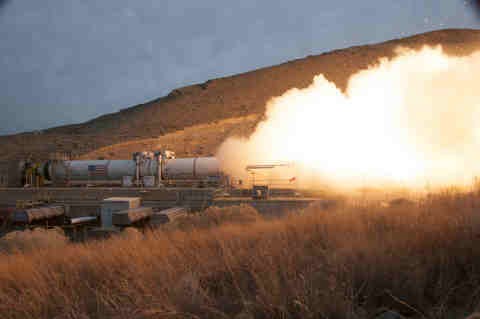NASA is launching its SLS (Space Launch System) into orbit in order to execute a series of experiments above a low-lying orbit that surrounds the Earth; nanosatellites into space are part of the plan.
SLS is NASA's launch rocket, the strongest and biggest rocket booster system the organization has ever put-up, NASA revealed. Recently, the system was able to complete a series of ground operations- all successful; hence, is ready for its next space adventure. This is projected to significantly promote cost-savings because it will carry with it gear, cargo and other vital items at a much lower expense.
The SLS' first adventure, the mission is to launch nanosatellites into space, designed to circumnavigate the Earth. Nanosatellites are smaller versions of the regular satellites, weighing 30 pounds and as big as a shoe box only. With this first launch, 11 are said to go out into space.
The miniature satellites are to be enclosed inside the spacecraft "Orion" within the ring that links the system's propulsion stage and the craft. Deployment will follow once the craft is freed-up from gravity. The Orion, on the other hand, will continue to travel around the moon.
Though the launch's details have not been revealed yet, the hypothesis is on 2017.
For the first launch, three experiments are already being processed: Near Earth Asteroid Scout by an engineering team from Marshall, Bio Sentinel by the Ames Research Center of NASA, and Lunar Flashlight that is also from Marshall.
Exploration Mission-1 is the SLS' integration ground, the TechTimes wrote.



























